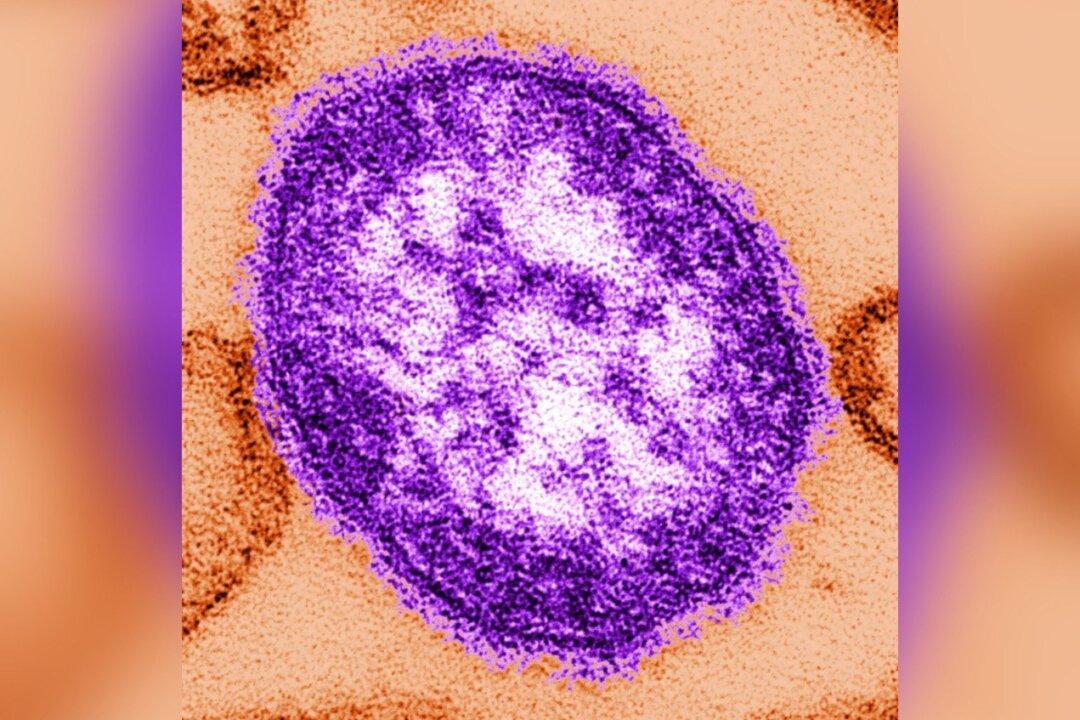The first case of H5N1 bird flu was found in a wild duck in the U.S., prompting fears that it could spread to domesticated poultry like chickens or humans.
The risk of the virus spreading to domestic poultry or even humans was downplayed by U.S. officials, but it’s still a significant development.
“The finding of the H5N1 virus in a US duck, for the first time, is significant in that it shows how widely distributed bird flus are in nature,” said Dr. Amesh A. Adalja, who works on emerging infectious diseases and pandemic influenza at the Pittsburgh Medical Center and School of Medicine.
He noted that “this particular clade of the virus is distinct from the value causing human infections in China since the 1990s, it reinforces the need to survey avian populations for novel flu viruses that could pose risks to humans.”
U.S. Geological Survey researcher Hon Ip, who is an expert on wildlife pathogens, said that the bird does not appear to have infected any people or poultry, but it suggests that wild migrating birds can carry dangerous viruses to the U.S.
The virus--the same one that has infected 140,000 birds in Nigeria--was discovered in a wild duck that was shot by a hunter in Washington state.
“USDA and the Department of the Interior are going to have to spend time to understand the implication of this introduction,” Ip told NBC News. “At the moment, we do not know of a single human case with our H5.”
The variant of H5N1 officials are worried about has killed millions of chickens around the world. U.S. agencies including the Centers for Disease Control and Prevention (CDC) are on alert because the highly pathogenic disease can spread to humans.
More than 600 human cases of H5N1 cases have been reported in 15 countries from Asia, Africa, the Pacific, Europe, and the Near East since November 2003.
“The first report of a human infection with H5N1 in the Americas was in Canada on January 8, 2014. Approximately 60% of the cases have died,” the CDC said in a bulletin earlier this month.
Like Ip, Amazon.com best-selling author Dr. Joe Alton, who authored the “Survival Medicine Handbook,” said there’s probably no cause for concern for the H5N1 case being found in the duck.
“At present, there is no cause for concern. Most of the cases of H5N1 have been found in poultry farmers and their contacts, and close contact with droppings or other bodily fluids of the birds is needed for infection. Eating fully-cooked poultry is thought to be generally safe. Very few cases of human-to-human transmission exist,” he told Epoch Times.





